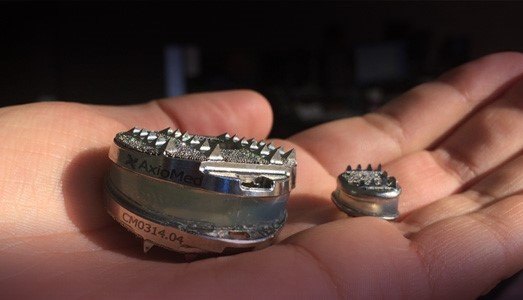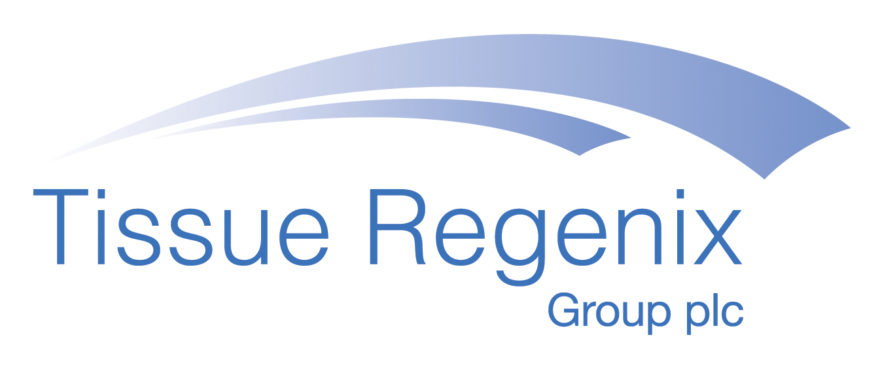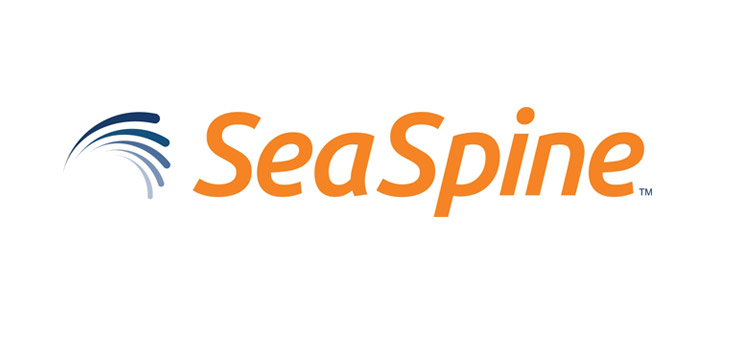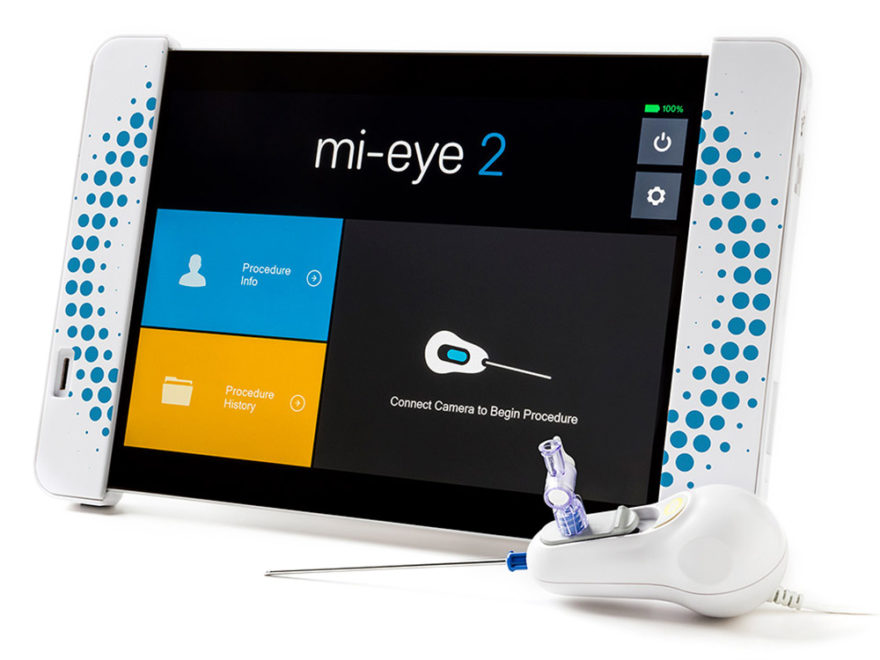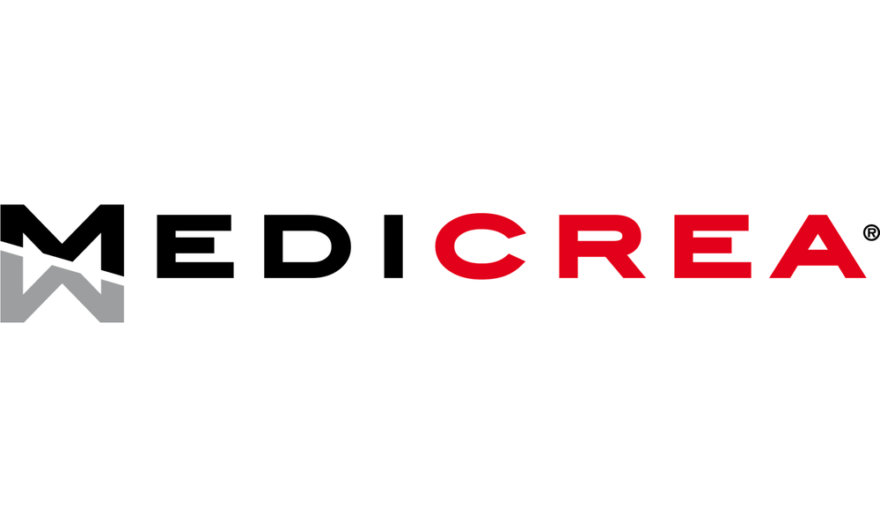NANTES, FRANCE (PRWEB) DECEMBER 09, 2016
Coordinated by INSERM (Institut National de la Santé et de la Recherche Médicale) and with the support of the E.U., the REBORNE Program sought to establish the feasibility, relevance and efficacy of the association of MBCP+™*, a synthetic bone graft manufactured by Biomatlante made from MBCP™ Technology, and Mesenchymal Stem Cells (MSCs)1.
REBORNE was a 12 multi-center clinical trials conducted over 8 European countries using advanced biomaterials and cells from autologous sources, as human mesenchymal stem cells from bone marrow, offering great potential for active bone regeneration. Biomatlante successfully went through a stringent selection process, after three years of experiences with the support of ANR (Agence Nationale de la Recherche)², prior to becoming the partner of choice of the European consortium as supplier of the bone graft matrix. A large consortium of 24 participants, with world class laboratories and GMP-cells manufacturing facilities and hospitals, collaborated to reach these ambitious clinical goals.
This program demonstrated the efficacy of expanded MSCs combined with the osteogenic matrix MBCP™ technology for bone tissue engineering in bone regeneration, both from a regulatory, scientific and clinical standpoint. The Reborne project demonstrated the osteogenic and osteoinductive properties of the association of MSCs and MBCP™ Technology3,4,5,6,7 with a high rate of clinical success, particularly in the treatment of long bone non-unions (92%).
Building on these successes, Reborne has now been extended to attempt to provide the same clinical excellence at an affordable price by combining the same MBCP™ Technology matrix with autologous concentrated bone marrow aspirate. Clinical trials are expected to begin in the next few months.
About BIOMATLANTE, Experts in Bone Regeneration
Based near Nantes, France, Biomatlante specializes in synthetic biomaterials for bone regeneration and is a world leader in bone graft technologies, selling its products in over 50 countries. Biomatlante’s products are routinely used in orthopedics and trauma surgery, in spine and dental surgery. BIOMATLANTE strives to integrate a strategy of strong innovation and product development required to meet and exceed the needs of today’s market. Our R&D collaborates closely with universities and research centers across the world, bringing together competences in innovation, technological transfers of new biomaterials, surgical technologies and providing the intellectual protection required to foster long-term projects.
About MBCP™ Technology*, Worldwide Reference in Synthetic Bone Graft
The unique 3-step manufacturing process developed by BIOMATLANTE confers its core MBCP biphasic HA/ ß-TCP technology unique properties for hard tissue regeneration. Its micro-macroporous structure mimics that of human bone and provides an ideal osteogenic matrix for bone regeneration in general and tissue engineering in particular.
About REBORNE, Regenerating Bone Defects Using New Biomedical Engineering Approaches
The objective of REBORNE is to develop new biomaterials that stimulate bone tissue formation with a view to correcting bone regeneration defects in orthopedic and maxillofacial surgery. Biomaterials, combined with the use of stem cells, are interesting alternatives to biological grafts.
About INSERM, French National Institute of Health and Medical Research
Founded in 1964, INSERM is a public scientific and technological institute that operates under the joint authority of the French Ministry of Health and French Ministry of Research. Its researchers are tasked with studying all diseases, from the most common to the most rare, through their work in biological, medical and public health research.
1. Reborne: HEALTH 20091.4.2-241879 (Regenerating Bone Defects using new biomedical engineering approaches)
2. Daculsi et al, Association of cells and biomaterials for bone reconstruction, IRBM 32 (2011) 76-79
3. Brennan MÁ, Renaud A, Amiaud J, Rojewski MT, Schrezenmeier H, Heymann D, Trichet V, Layrolle P. Pre-clinical studies of bone regeneration with human bone marrow stromal cells and biphasic calcium phosphate. Stem Cell Res Ther. 2014 Oct 13;5(5):114. doi: 10.1186/scrt504.
4. Gómez-Barrena E, Rosset P, Muller I, Giordano R, Bunu C, Layrolle P, Konttinen YT, Luyten FT. Bone regeneration: stem cell therapies and clinical studies in Orthopaedics and traumatology. J Cell Mol Med. 2011 Jun; 15(6):1266-1286.
5. Gomez-Barrena E, Rosset P, Lozano D, Stanovic J, Ermthaller C, Gebhard F. Bone fracture healing: cell therapy in delayed unions and non-unions. Bone. 2015 Jan; 70C:93-101
6. Gomez-Barrena et al. Non-unions in tibia, femur and humerus safely healed with autologous, expanded, bone marrow-derived mesenchymal stromal cells associated with biphasic calcium phosphate biomaterials in a multicentric trial. 2016 (in press).
7. Miramond, T., Corre, P., Borget, P., Moreau, F., Guicheux, J., Daculsi, G., & Weiss, P. (2014). Osteoinduction of biphasic calcium phosphate scaffolds in a nude mouse model. J Biomater Appl. 2014 Oct; 29(4):595-604
For further information about BIOMATLANTE and its technologies, please visit http://www.biomatlante.com
- This medical device is a regulated health product that, with regard to these regulations, bears the CE mark. Please refer to the Instructions for Use


